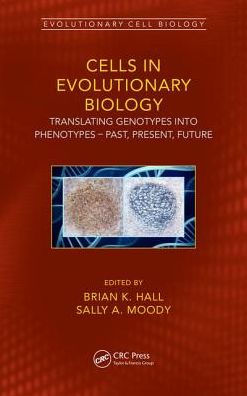5
1
9781498787864



Cells in Evolutionary Biology: Translating Genotypes into Phenotypes - Past, Present, Future / Edition 1 available in Hardcover, eBook

Cells in Evolutionary Biology: Translating Genotypes into Phenotypes - Past, Present, Future / Edition 1
- ISBN-10:
- 149878786X
- ISBN-13:
- 9781498787864
- Pub. Date:
- 06/12/2018
- Publisher:
- Taylor & Francis
- ISBN-10:
- 149878786X
- ISBN-13:
- 9781498787864
- Pub. Date:
- 06/12/2018
- Publisher:
- Taylor & Francis

Cells in Evolutionary Biology: Translating Genotypes into Phenotypes - Past, Present, Future / Edition 1
$160.0
Current price is , Original price is $160.0. You
160.0
In Stock

Product Details
| ISBN-13: | 9781498787864 |
|---|---|
| Publisher: | Taylor & Francis |
| Publication date: | 06/12/2018 |
| Series: | Evolutionary Cell Biology |
| Pages: | 294 |
| Product dimensions: | 6.12(w) x 9.19(h) x (d) |
About the Author
From the B&N Reads Blog
